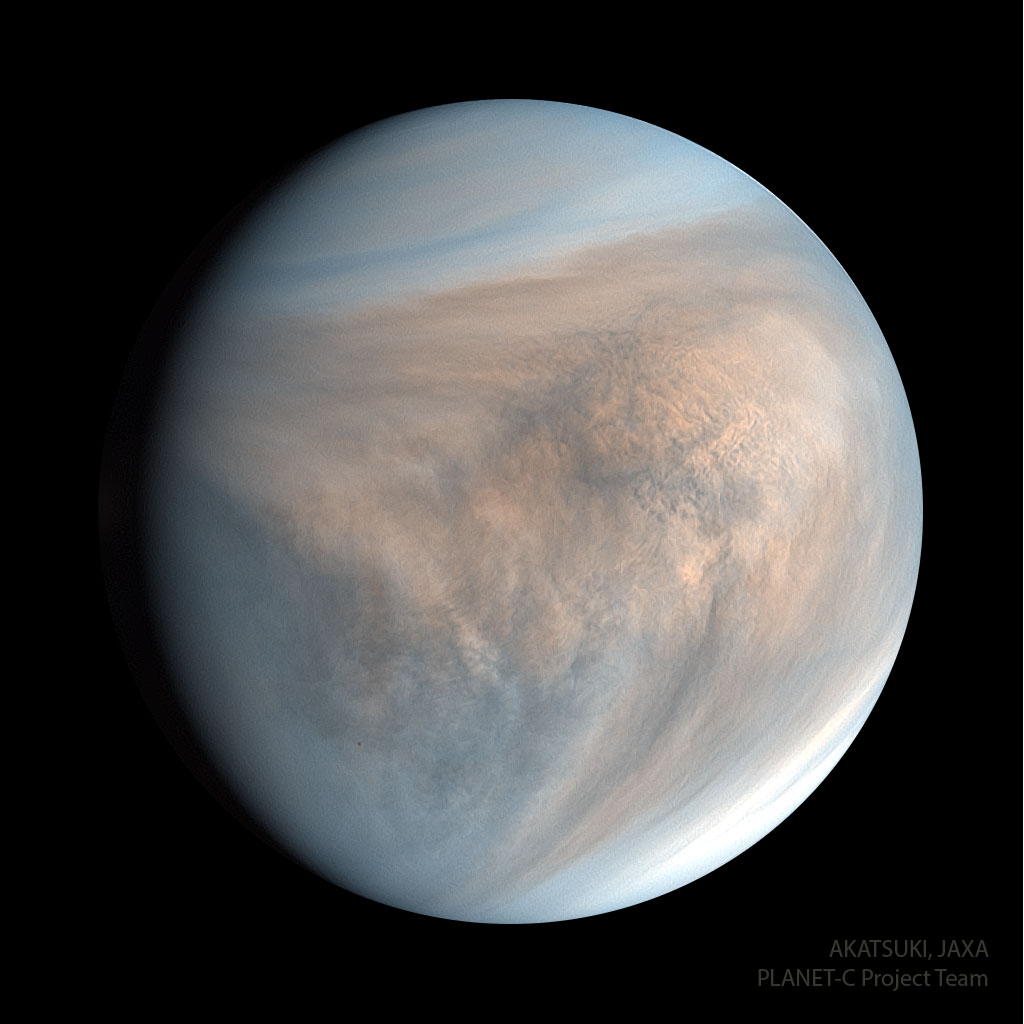轨道日落的最后一缕光线
The last rays of an orbital sunset begin fading in Earth’s atmosphere silhouetting the cloud tops in this June 24, 2023, photograph from the International Space Station as it orbited 271 miles above the southernmost tip of South America. The space station makes 16 orbits of the Earth in 24 hou […]










